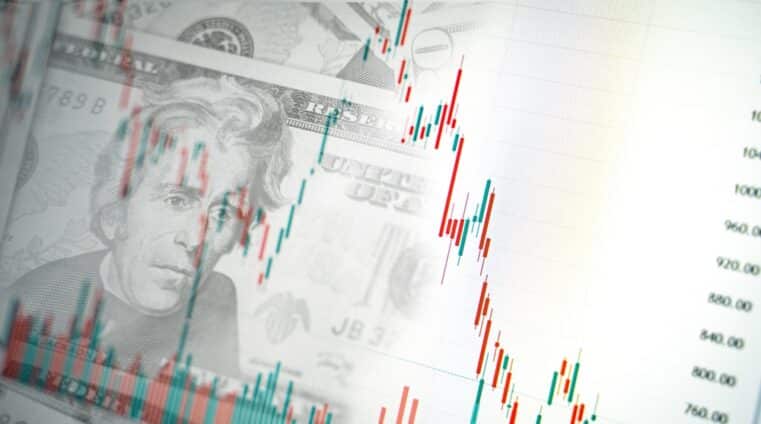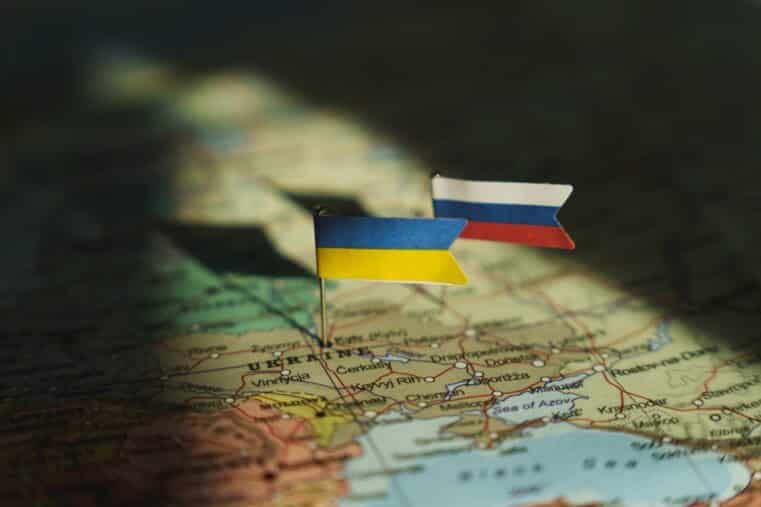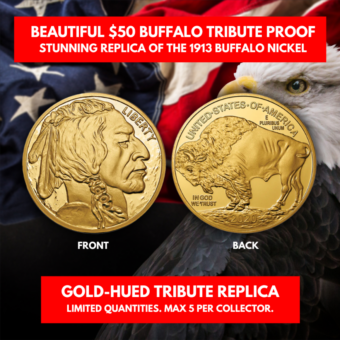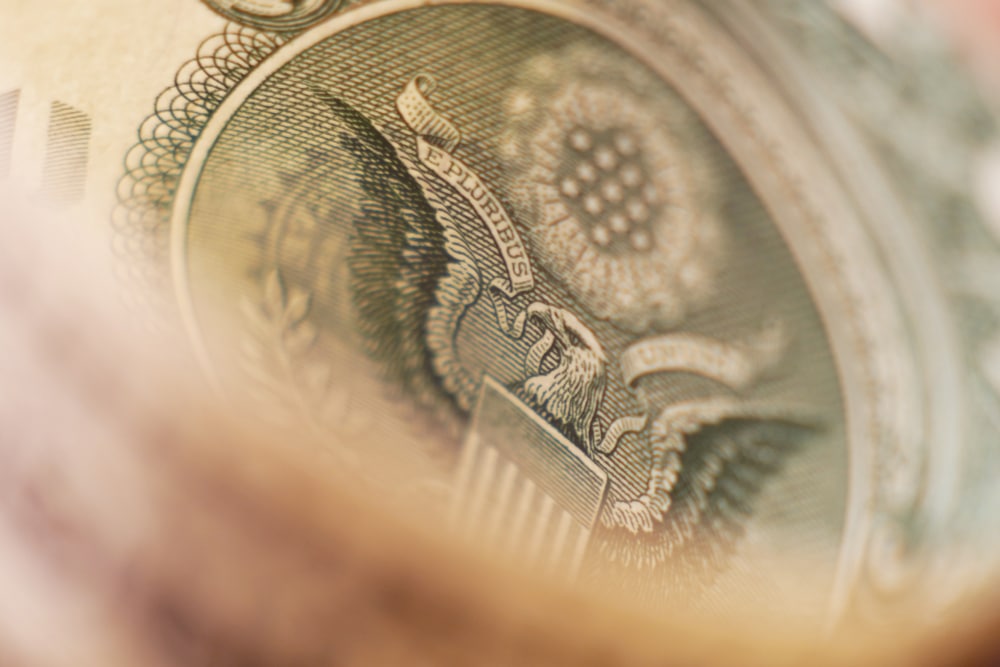Why Gold’s Historic Rally Is Just the Start of a Global Monetary Shift
Gold Nears $3,000—And It’s Just Getting Started
If you’ve been paying even the slightest bit of attention, you know gold has been on a historic rally. We’re talking about an 80% surge since November 2022, with gold now hovering just shy of $3,000 per ounce. That’s massive.
What’s even more impressive? The dollar has been strong too. That means if you’re holding euros, British pounds, or Swiss francs, gold has been an even better investment. And this run isn’t over yet. The global economy is shifting, and gold is reclaiming its place as the ultimate store of value.
But the real story here isn’t just the price—it's what’s happening behind the scenes.
Trump and Musk: A Fort Knox Spectacle
Here’s something you don’t see every day: Former President Donald Trump and Elon Musk, the world’s richest man, are planning a visit to Fort Knox. Their goal? To check on America’s gold reserves.
Now, let’s be real—this won’t be a real audit. They’re not going to dig through vaults and count every bar. But the symbolism is powerful. This visit is meant to silence the conspiracy theories that claim the gold is missing or secretly shipped off to JPMorgan.
Expect this to be the mother of all photo-ops. Trump, Musk, and stacks of gold bars? That image alone could shake up the markets.
Can America Monetize Its Assets?
While the Fort Knox visit is grabbing headlines, the real financial bombshell is coming from Scott Bessent, Trump’s Treasury Secretary. He recently announced that the U.S. government is looking to “monetize” its assets within the next year.
What does that mean?
Most people focus on America’s $38 trillion in debt, but the government owns a ton of assets—land, mineral rights, radio frequencies, and yes, gold. Some of these assets could be sold, leased, or otherwise turned into cash.
Predictably, the mainstream media is already freaking out. They’re claiming the government is about to sell off Yosemite National Park. That’s nonsense. But there are trillions of dollars’ worth of assets the U.S. could tap into without touching national parks or wilderness areas.
And that brings us to gold.
Will the U.S. Sell Its Gold?
The U.S. government holds 8,133 metric tonnes of gold, worth about $771 billion at today’s prices. Naturally, some bureaucrats might be tempted to sell it off to raise cash.
That would be a massive mistake.
For starters, dumping too much gold onto the market would tank the price. And in a world drowning in debt and de-dollarization, gold is one of the few assets that gives the dollar any credibility. The government should be buying more gold, not selling it.
There’s also a legal question: Can the U.S. even sell its gold?
The Federal Reserve holds a gold certificate issued by the U.S. Treasury in 1934, valued at an absurdly outdated $42.22 per ounce. If you convert that to ounces, it covers the entire U.S. gold reserve. That means the Treasury might not even be able to sell gold without violating the original agreement.
If that’s the case, it’s incredibly bullish for gold. Why? Because it means the world’s biggest gold holder—the U.S. government—isn’t allowed to be a seller.
The “Gold Revaluation” Loophole
While outright selling gold might be off the table, there’s another way the government could tap into its gold reserves: revaluing it.
Right now, the gold sitting in Fort Knox is valued at $42.22 per ounce on the Federal Reserve’s books. That’s obviously outdated. If the Treasury ordered the Fed to revalue that gold to its market price, it would instantly create $760 billion in new funds for the government—without adding to the national debt.
Sounds great, right? Well, not so fast.
This isn’t a true revenue stream. It’s a one-time accounting trick. Sure, it frees up cash, but once you do it, that’s it. You can’t keep pulling the same rabbit out of the hat.
Some people are even floating the idea of issuing gold-backed Treasury bonds with zero interest, claiming it would be a game-changer. That’s a fantasy. The U.S. already has inflation-protected bonds (TIPS), and gold isn’t even that closely tied to inflation. Over the last 2.5 years, gold is up 80%, but inflation has only been around 10%. Where’s the connection?
A U.S. Sovereign Wealth Fund?
Here’s where things get really interesting. Trump has hinted at creating a U.S. sovereign wealth fund (SWF)—something that could fundamentally change how America manages its assets.
Most countries with SWFs, like Norway and Saudi Arabia, use trade surpluses to fund them. The U.S. doesn’t have a surplus, but thanks to Trump’s tariffs, that could change.
If structured properly, a sovereign wealth fund could:
- Generate revenue without raising taxes
- Reduce reliance on foreign debt
- Strengthen the dollar by holding strategic assets
But if mismanaged, it could turn into another bureaucratic boondoggle. The idea isn’t crazy, but the details will matter.
What This Means for You
Between gold’s historic rally, the Fort Knox visit, and the push to monetize assets, we’re witnessing a seismic shift in global finance. The system is being rewritten in real-time, and those who aren’t paying attention will be left behind.
The bottom line? Gold isn’t just rising—it’s reclaiming its throne as the ultimate store of value.
I’ve been saying this for years: Physical gold and silver are your best protection. Not paper gold, not ETFs—real, tangible metals in your possession.
If you’re still holding all your wealth in dollars, you’re playing a dangerous game. The system is on shaky ground, and once the cracks start to show, it’ll be too late to react.
Take action now. Download Bill Brocius’ free eBook, "Seven Steps to Protect Yourself from Bank Failure," and get the knowledge you need to secure your financial future.
And if you haven’t already, subscribe to Dedollarize News for the latest updates on gold, silver, and the future of money.
Times are changing. Make sure you’re on the right side of history.











